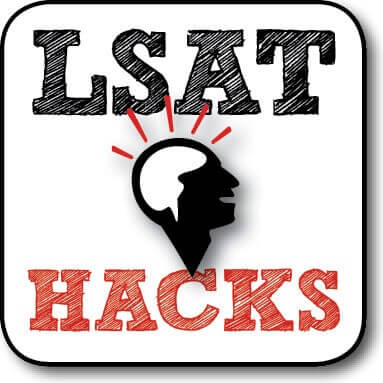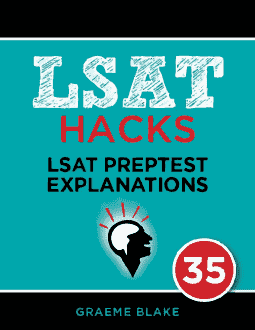DISCUSSION: Legal positivists think that law and morality must be kept apart (lines 13-14). They think that consensus about the meaning of the law is the most important thing (Lines 23-26).
___________
- See lines 13-14. Positivists think the law has no place for morals.
- Lines 17-20 show that legal positivists think disagreement could be legitimate if it were about the underlying convention. And a disagreement about convention might be because of a disagreement over the law’s meaning.
- This is something Dworkin might say. He was concerned with the meaning of the law.
- CORRECT. In lines 14-16 the positivists say that the law’s meaning depends on convention. If there is a consensus that the law means “X”, then positivists would argue the law really does mean “X”. (Non-positivists would argue that a consensus could simply be wrong).
- Positivists think that morals have nothing to do with the law (lines 13-14). So they wouldn’t think moral conviction has anything to do with the fact of the matter.

Want a free Reading Comp lesson?
Get a free sample of the Reading Comprehension Mastery Seminar. Learn tips for solving RC questions


I still do not understand why D is correct. The passage states, “The meaning of the law rests on social convention.” D states, “The meaning of the law derives from jurists’ interpretations of the law.” I see a disconnect between the passage and this answer choice (a disconnect that can’t be ameliorated even by stating this question is of the inference variety). The jurists aren’t interpreting the law, just figuring out what the underlying social convention is.
You state, “If there is a consensus that the law means “X”, then positivists would argue the law really does mean “X.”” But before they get to that consensus, don’t they have to figure out what the law means (aka figure out the social convention)? Jurists arguing that the law really means “X”, isn’t the first step in their interpretation, if that makes sense.
As for E, I don’t quite understand what “legal fact of the matter” means, even doing a Google search was basically useless. Isn’t understanding what this means important to figuring out whether or not this answer is correct? I picked E because I thought it basically stated that jurists’ moral convictions does not validate a legal interpretation. Is my understanding correct? Manhattan stated that this answer was incorrect only because whether or not jurists have different moral convictions, they may still have a consensus on what the underlying convention is, and thus have a consensus.
Your answer states that, “Positivists think that morals have nothing to do with the law (lines 13-14). So they wouldn’t think moral conviction has anything to do with the fact of the matter.” Isn’t your last sentence just basically stating that “There is no legal fact of the matter when jurists have differing moral convictions about an issue.” I feel like it is a restatement of E, and thus doesn’t show why E is incorrect.
Thanks!
You don’t need a precise definition of “legal fact of the matter” to eliminate E. The fact that positivists think morals are separate from the law is enough to eliminate the answer. The second paragraph said that if there is no factual consensus, there is no fact of the matter, and it made clear earlier than morals were separate from that consensus.
I agree that D is not incredibly clear. I think part of it is that the only people interpreting most laws will be jurists. And the passage said, where there is no consensus, there is no fact of the matter. The passage also said that disagreement is to be resolved by forming a consensus. These two statements taken together suggest that a consensus will let us determine what the correct interpretation is, and that interpretation will be the law.
Some of these older tests had questions that just aren’t as well formed as the new tests. I think this may be one of them.